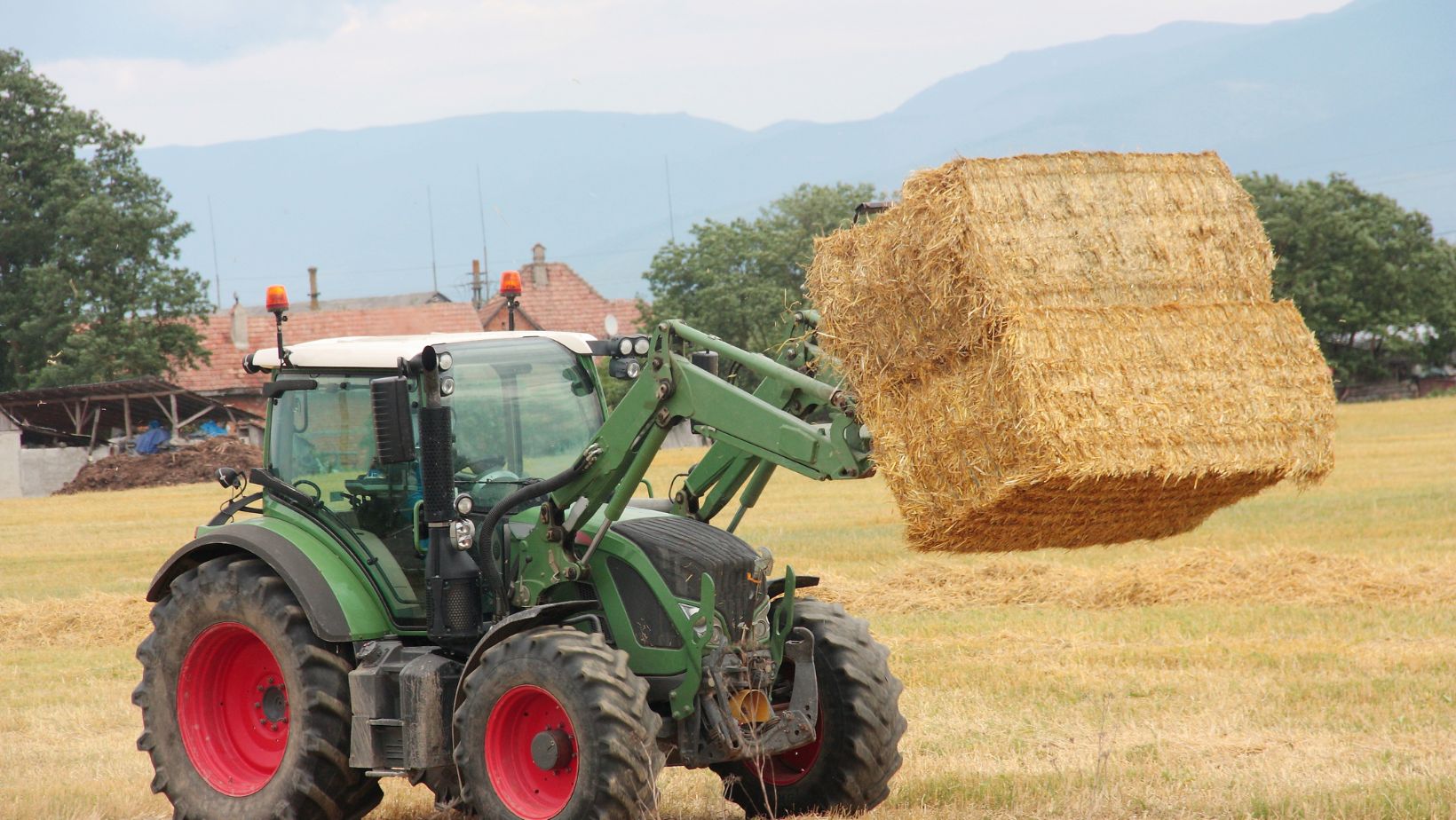
When it comes to purchasing hay for your livestock, Tractor Supply is a popular destination. One of the most common questions that arises is, “How much does a bale of hay cost at Tractor Supply?” Well, I’ll dive right into it and provide you with the answer you’ve been looking for.
The price of a bale of hay at Tractor Supply can vary depending on several factors. The type and quality of hay, as well as the location and availability, all play a role in determining the cost. On average, you can expect to pay around $6 to $10 per bale.
How Much Is a Bale of Hay at Tractor Supply
Factors Affecting the Price of Hay at Tractor Supply
When it comes to determining the average price of a bale of hay at Tractor Supply, several factors come into play. These factors can influence the cost and availability of hay, making it essential for potential buyers to understand them. Here are a few key factors that affect the price:
- Seasonal Variations: The time of year can greatly impact hay prices. During peak demand seasons such as winter when livestock requires more feed, the price tends to be higher due to increased demand and limited supply.
- Quality and Grade: Different types of hay can vary in quality and nutrient content. Higher-grade hay, with better nutritional value or specific characteristics like low sugar content for horses with dietary restrictions, may come at a premium compared to lower-grade options.
- Transportation Costs: Hay is often transported from farms or suppliers to Tractor Supply stores. Depending on the distance traveled and fuel prices, transportation costs can contribute to fluctuations in pricing.
- Regional Differences: Prices may also differ based on where you’re located geographically. Factors such as local climate conditions impacting harvest yields or distance from major hay-producing areas can influence regional pricing variations.
Varieties of Hay Available at Tractor Supply
Tractor Supply offers various types and varieties of hay suitable for different livestock needs:
- Timothy: This popular grass hay is high in fiber and commonly fed to horses.
- Alfalfa: Known for its high protein content, alfalfa is favored by many horse owners and livestock enthusiasts.
- Mixed Grass: A blend of different grasses that provides balanced nutrition for animals like cattle, goats, or sheep.
- Orchard Grass: Another option suitable for horses with its soft texture and moderate protein levels.
- Coastal Bermuda: This warm-season grass grows well in southern regions and is often used for horses, cattle, and other livestock.

Seasonal Variations in Hay Prices at Tractor Supply
Factors Influencing Seasonal Hay Price Fluctuations
When it comes to purchasing hay at Tractor Supply, it’s important to understand that the prices can vary throughout the year. Several factors contribute to these seasonal price fluctuations:
- Harvest Timing: The timing of hay harvest plays a significant role in price fluctuations. During peak harvesting seasons, such as late spring and early summer, when there is an abundance of fresh hay available, prices tend to be lower. On the other hand, during periods of limited supply, such as late winter or early fall when previous crops are running out and new ones haven’t yet matured, prices may rise.
- Demand from Livestock Owners: Another factor influencing hay prices is the demand from livestock owners. Farmers typically stock up on hay during winter months when pastures are less productive and rely on stored forage to feed their animals. This increased demand during colder seasons often leads to higher prices.
- Transportation Costs: Transportation costs can affect hay prices as well. If there are increases in fuel costs or logistical challenges due to weather conditions or road closures, suppliers may pass those additional expenses onto consumers.
Understanding the Impact of Weather Conditions on Hay Prices
Weather conditions have a significant impact on hay production and subsequently influence its pricing:
- Droughts: Severe droughts can reduce crop yields significantly, leading to a reduced supply of hay and driving up prices accordingly.
- Heavy Rainfall: Conversely, excessive rainfall can delay or hinder the harvest process by making fields too wet for machinery access or compromising the quality of cuttings. These challenges can also lead to increased prices.
- Extreme Temperatures: Extreme temperatures like heatwaves or frost events can damage standing crops and reduce overall yield potential. As a result, this could cause an increase in demand for hay and drive prices up.
In conclusion, understanding the average price of a bale of hay at Tractor Supply involves considering factors like seasonal variations, quality grades, transportation costs, and regional differences. By exploring the varieties available and following cost-saving tips, you can find affordable options without compromising on the nutritional needs of your animals. Factors Affecting the Cost of Hay at Tractor Supply





